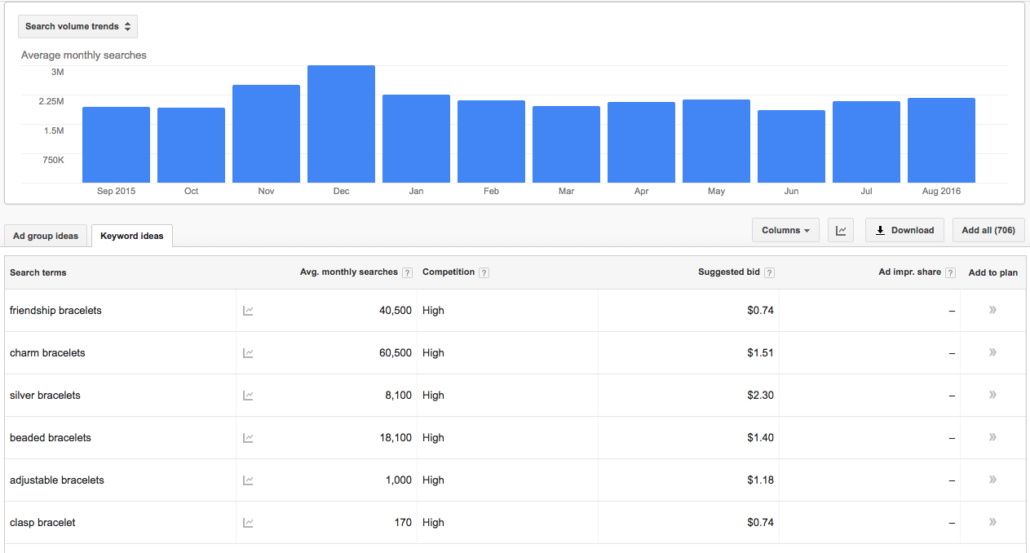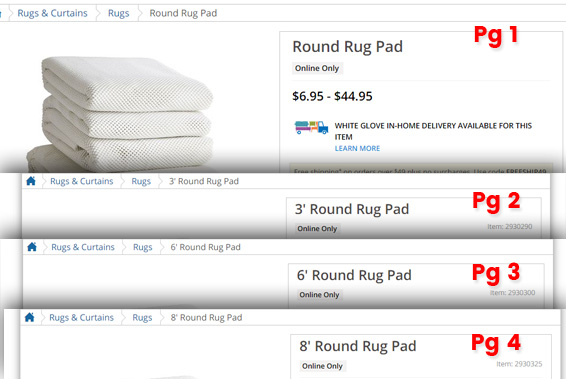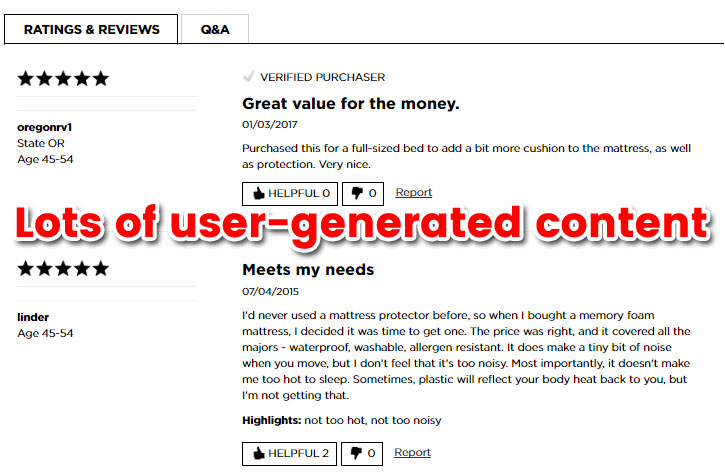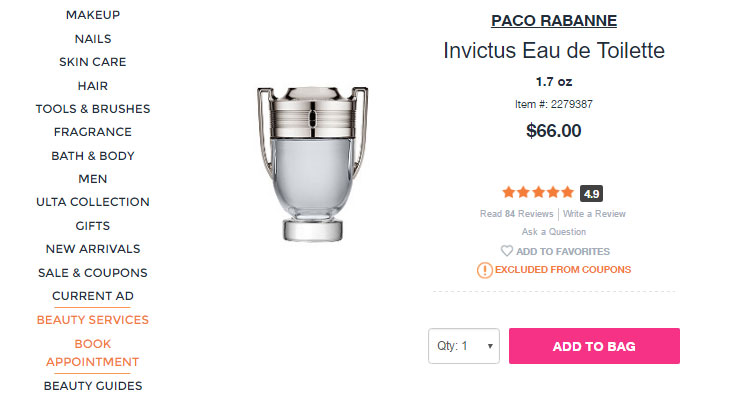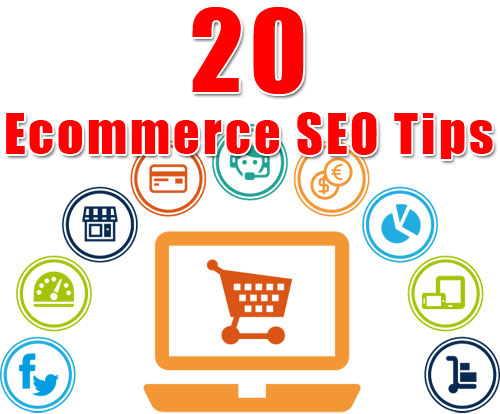Did you know that 95% of Ecommerce sales come from product page SEO?
Ok, that’s probably not true….
But optimizing product pages for search traffic is still really important.
In fact, someone may be performing a Google search for the item you sell at this very moment.
And while you’re off reading SEO articles, maybe they clicked on a site that’s not yours!
Eh…. probably not. At least, hopefully, that’s not the case. Regardless, follow the recommendations below and you’re likely to be the one stealing search traffic from the competition. Better yet, these 17 Ecommerce SEO tips will improve conversions, as well as keyword rankings.
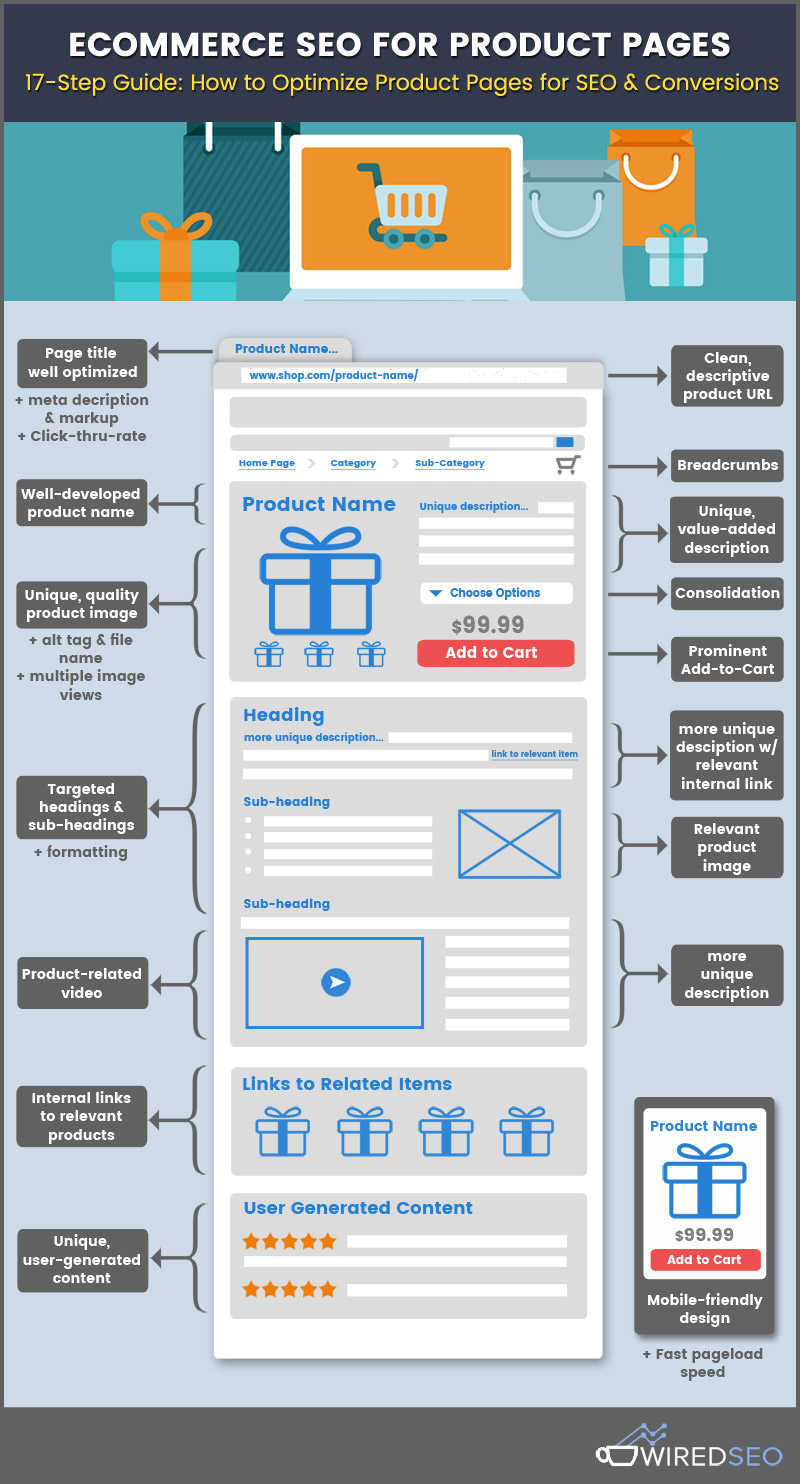
1. Keyword Research: Relevancy + Search Volume + Competition
Product page content needs to be supported by research on how consumers are searching for the product. Keyword research is critical for SEO. Before you optimize your product page, know the search term(s) that will yield the most search traffic.
Determine the strongest keywords and phrases for your product using a few main considerations:
Relevancy
Search Volume
Competition (Ranking Difficulty)
Some Quick Methods for Identifying Those Target Keywords
Google Search Console: Identify Top Search Queries
- Go to Search Traffic>Search Analytics
- Filter Pages to select the product page you are optimizing
- Select “Queries”
- Uncheck Clicks and Check Impressions
- Sort by impressions to see which queries are currently winning your page the most eyeballs
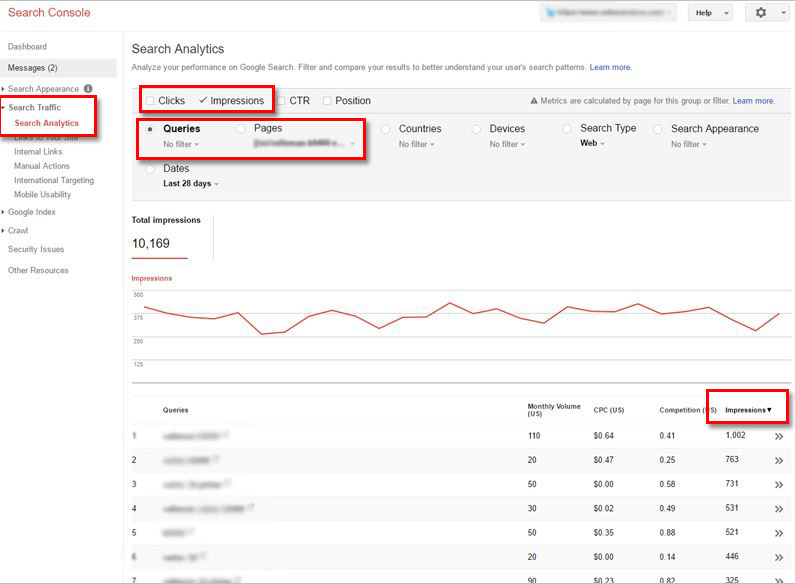
SEMrush: Competitor Analysis
- Search your product in Google
- Locate the current top ranking product page
- Plug that page’s URL into SEMrush
- Use the Organic Research section
- View the top organic keywords that are sending traffic to the product page
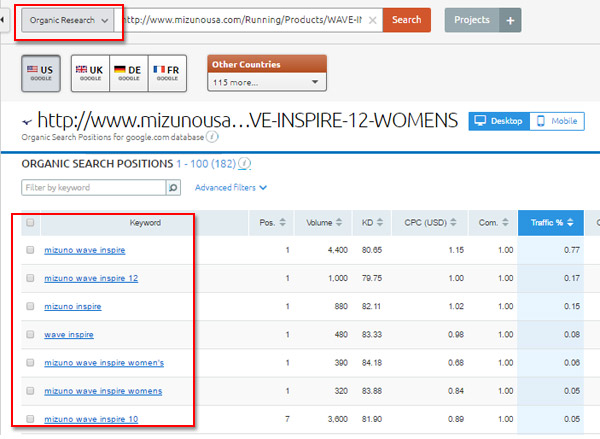
Google Search: Auto Complete
This one is definitely the best “quick hack” for gathering user search behavior insight…
- Start typing your product name into the search bar
- Note top variations, phrases, and adjectives that pop up with your product
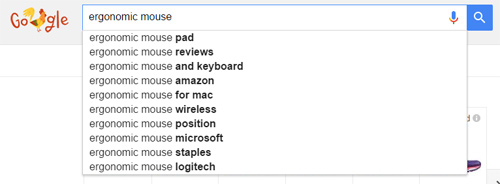
Keywordtool.io
Take your auto complete research one step further and actually run those top search phrases you found with a handy extension like Keywordtool.io. This tool offers lots of “book-end” ideas to help with long-tail keyword ideas.
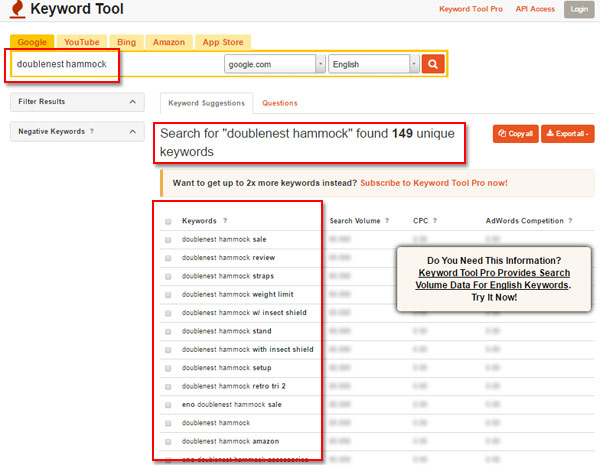
Google Keyword Planner
There are multiple methods of finding product page keyword targets using Google Keyword Planner. Here’s the most basic if you’ve never used Keyword Planner before…
- Choose the option to “search for new keywords using a phrase, website, or keyword”
- Enter a slew of relevant search terms that you’d like to compare for your product/service
- Set your target parameters
- Compare volume and competition results for terms you put in as well as keyword planner’s relevant suggestions
2. Product Name: Descriptive & Well Thought Out
The product name has a large impact on your search rankings. However, the impact will vary based on how your CMS displays and utilizes product names.
Now that you’ve identified your strongest key terms, integrate those into a descriptive product name. The name of your product needs to clearly state what customers can expect to find on your page. Product names should be to-the-point and include any necessary descriptors that you learned customers might be searching for.
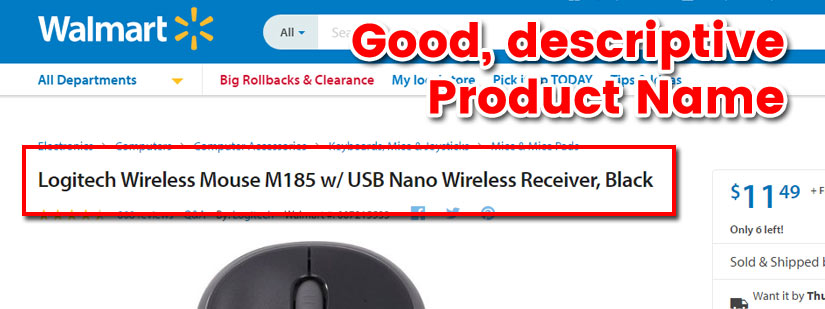
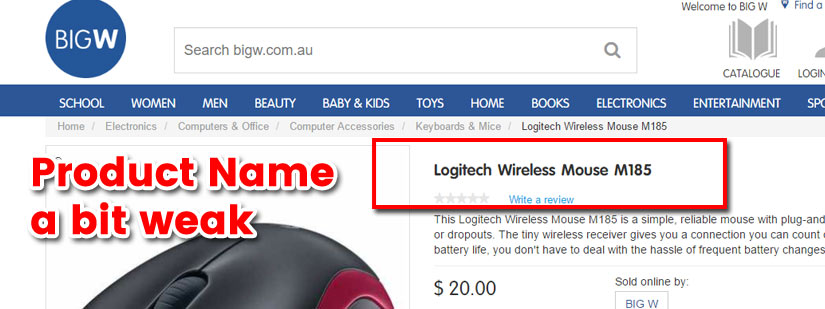
3. Product Description: Unique & High-Quality (Think Value-Added)
Quality product descriptions can be very beneficial for SEO. But don’t think SEO. Think value-added. Start by thinking what your customers would want in a product description.
When writing the actual description copy, you’ll want to include:
- Key Features & Specs: Cover key features and specifications for your product, and what value these bring to consumers.
- Keywords: Continue to revisit your target keywords when you can. Using synonyms, model numbers, brands, and keyword variations helps.
- A Healthy Handful of Words: Informative, but not long winded–around 200 words will do in most cases (employ bullets and lists when appropriate).
- UNIQUE Text: Most importantly, your product description must be unique. Common (bad) practice is to copy/paste descriptions from the manufacturer. This creates duplicate content, which will hurt your chances or ranking in search engines. Write something of value from scratch every time.
4. Page Title: Boost Rankings w/ Unique, Keyword-Friendly Titles
Page Titles are still a huge ranking factor for SEO. And not only do they improve your rankings, they can also help boost click thru rates.
Product page titles are the big links displayed in search results…

Page Title Considerations:
- Keywords: Use keywords like your product name
- Unique: Each page needs a unique title
- Start w/ Primary Keywords: Main keywords towards the front of title
- Length: Stay under 65-70 characters in length
- Keyword Stuffing: Avoid repeating the same keyword (2x max if needed), aka “keyword stuffing”
- Use Brand: Brand names are usually a good thing
5. Meta Description: Unique Descriptions for All Products
Unlike with page titles, using keywords in your product’s meta description won’t directly impact rankings. However, it’s still SEO best practices to write unique meta descriptions for product pages. Any unique offerings or selling points can entice more clicks. And naturally inserting keywords and formatting with numbers and symbols can help click thru rates here, too.
Meta Descriptions are the snippet of text displayed in search results…

Meta Description Considerations:
- Keywords: Use keywords like your product name, categories, etc
- Detail: Explain what’s on the page so users know what it is they’re clicking on
- Unique: Each page needs a unique meta description
- Length: Stay under 155-165 characters in length
- USP: Use your brands unique selling points to entice click throughs
- Formatting: Feel free to use things like Price, other numbers, and other characters that make you stand out
6. Product URLs: Short, Clean & Keyword-Friendly
Clean, keyword-friendly URLs are good and can effect search rankings. Different e-commerce platforms offer various means of controlling category and product page URLs. Some are better for this than others. Just make sure that if you’re optimizing URLs, that the old URLs get redirected to the new URLs with a 301 permanent redirect.
Construct your product page URLs in a user-friendly manner. URLs appear right under your title in the search engine results, so it’s important that they’re clean and descriptive. Rules of URL writing:
- Keep Them Short: Less is more.
- Use Keywords: Should look quite similar to the product name you’ve decided on.
- Clean Unnecessary Elements: You probably don’t need dates, “product,” or “category” in the URL.
- Lower-Case: URLs are one of the few places you get to IGNORE the proper noun rule.
- Sub-Folder Usage: A subfolder, like site.com/category/product can be helpful. Just keep in mind the overall length. If multiple sub-folders are making your product URLs super long, then trim them down.
- Dynamic Parameters: Say NO to dynamic parameters in your product URLs (i.e. category=54)
Ex: Two product URLs for the same item: Saucony Grid 8000 CL, but Sneakerfreaker.com does a much better job employing a clean, description product URL.
http://www.urbanoutfitters.com/ca/en/catalog/productdetail.jsp?id=35663145&category=SALE_M
https://www.sneakerfreaker.com/sneakers/saucony-grid-8000-cl-premium-pack/
7. Headings: Improve Formatting & Keyword Targeting
Consider breaking your content (product description, features, reviews, etc) with formatted headings and sub-headings. Headers are great for users and help with SEO. Be sure to include keywords, synonyms, and related terms in headings whenever it makes sense.
Heading Tags (h1, h2, etc…)
Though it’s not a huge ranking signal any more, it’s still SEO best practices to wrap your headers in Heading Tags. <h1> for your product name. <h2> for sub-headings, and so on…
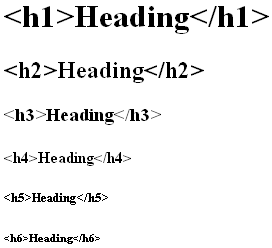
Header Formatting and Readability
Avoid big blocks of text that no one wants to read. Formatted headings improve readability and can help shoppers find product information much quicker.
Ex: Verizon’s well-formatted Fitbit product description with good use of spacing, headings & sub-headings
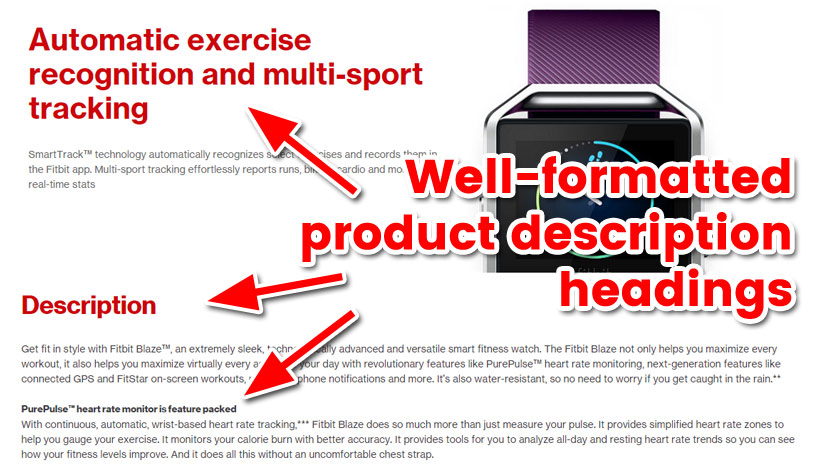
Ex: Dick’s Sporting Goods’ weaker product description lacking strong headings
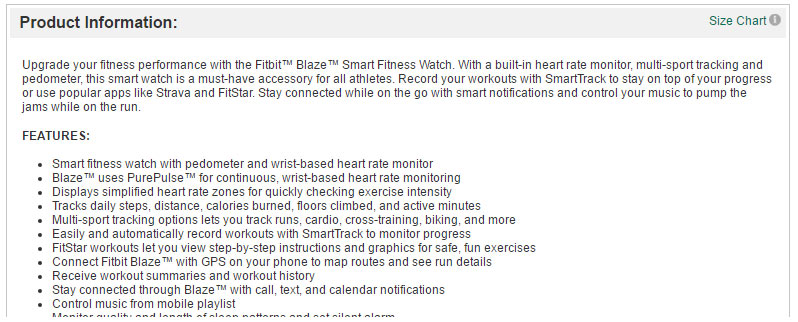
Ex: Nordstrom’s weak product description formatting…where are the breaks??
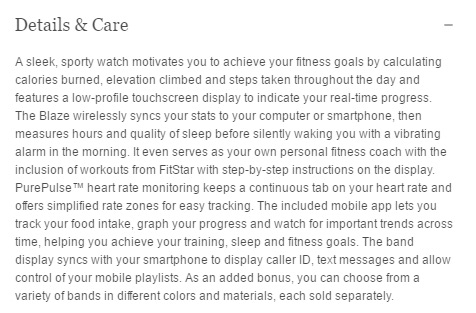
8. Consolidation: Combine Like Product Pages
If you have similar products across your ecommerce site, it’s possible you’re housing many weak or duplicate pages, all competing for the same search term. This type of product or keyword cannibalization will reduce overall search traffic potential.
A Single QUALITY Page > Multiple THIN/WEAK Pages
For instance, maybe you have 10 products, each with their own URL/page. And the only difference between them all is color.
The result?
10 weak product pages
The fix?
Turn into 1 strong product page – where all product info, description, images, user reviews, links, and social shares combine to make a single product page that has potential to rank #1 in Google.
What This Looks Like
In many situations, the best solution is to combine very similar items into one product page. And if needed, allow users to simply choose product options to select variations of that item. Lastly, set up redirects so all URLs point to just the one product page.
Example: Pier1.com has (4) “Round Rug Pad” pages. Instead of having 4 low-quality crawlable/indexable pages….
http://www.pier1.com/round-rug-pad/PS63732.html
http://www.pier1.com/3%27-round-rug-pad/2930290.html
http://www.pier1.com/6%27-round-rug-pad/2930300.html
http://www.pier1.com/8%27-round-rug-pad/2930325.html
… consolidate into one decent-quality Round Rug Pad page, and let me choose the size in a dropdown.
9. Internal Links: Spread Link Flow (Especially To/From Product Pages)
Internal links (those that point to other pages on your site) are great for SEO. They help spread link flow or “link equity” in a relevant manner. This can help Google determine which pages are most important on your site, and help improve accessibility and indexation of your pages. Internal links can also help reinforce the context of a page.
If you get the opportunity to mention another similar or supplementary product that you offer, link to that product page with some relevant anchor text.
Many sites focus so much on external link building, they overlook the power of relevant internal links.
Ex: The Human Solution – Nice job of linking internally between product pages

Seek Out Internal Linking Opportunities
If this product is important, scan your own site for mentions of this item. You can then add hyperlinks to point to the item, which is both beneficial for SEO, as well as the user.
You can quickly scan your site for product mentions with a Google search: site:yoursite.com product name
Here’s another example from pier1.com…
It’s great that pier1.com has related items set up, like on this Capella Island Sofa Dining Collection.
Internal links via related items is great. But adding manual internal links can have a far greater SEO impact.
The description of the Sofa Dining set mentions pieces of the set, which pier1.com also carries. I’d recommend cross-linking within the product descriptions themselves. I’d do this sitewide, and whenever applicable.
Internal link opportunity – Dining Set, to individual pieces of the set
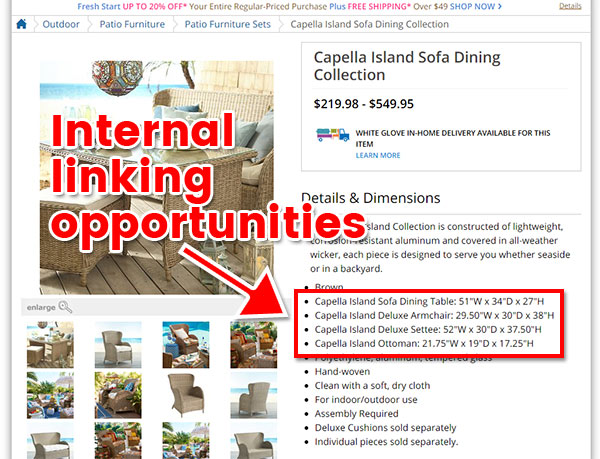
Surely there’s a decent place in the Armchair description to mention (and link back to) the full dining set. Again, valuable for the user, as well as SEO.
Internal link opportunity – Armchair piece, to full Dining Set
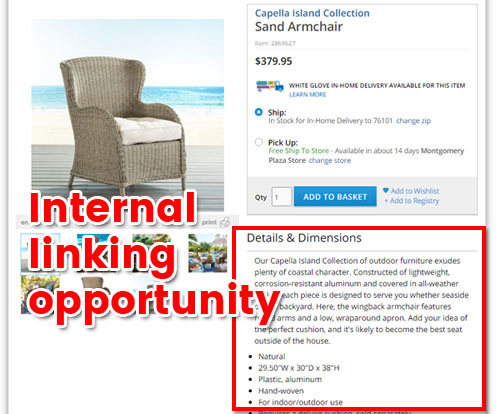
Related Item Links
As mentioned above, having dedicated sections that link to related or corresponding items offer an effective way to spread your link equity. This can also increase avg. page visits, and improve on-page SEO. All e-commerce site should be incorporating this in some way.
10. Product Reviews: A Sure-Fire Way To Increase Search Traffic
User-submitted product reviews are a gold-mine for SEO. They add unique, relevant, and helpful content to a product page, which can considerably boost your search traffic. Better yet, consumer-generated content can also boost revenue and consumer trust!
Product reviews boost revenue per online visit 62% – Internet Retailer
Set up a Product Reviews section (where the text will be crawlable) and ask users to engage.
And don’t worry if your customer reviews aren’t all five stars, having a bit of variance in your feedback legitimizes your reviews sitewide.
How to Get Those Reviews
Incentivize user interaction by offering discounts and raffles for those who provide feedback. Reach previous users with an email follow-up after their purchase (just make sure you aren’t spamming their inboxes).
Or you can use a platform just for this to help speed things along like Trust Pilot, or Yotpo.
Ex: Kohls – unique, user-generated content on product pages including reviews and product questions
11. Image & Video: Helps SEO AND Conversions
Compliment your unique text, keywords and subheadings with quality images of your product and how-to videos. Images and video can help boost your traffic and your sales.
Large, High Resolution Photos
It’s already difficult to feel confident about an online purchase when you can’t see the item in person. Multiple, high-resolution product photos can help make up for much of this.
67% of consumers consider image quality “very important” when making a purchase online – BigCommerce
Optimize Image File Name and Alt Tag
Like your content, you want these images to be unique to your page and you want to label them with a descriptive image file name and alt tag.
Use descriptive keywords in image file names, and separate with dashes. Image Alt Tag should be very similar to your product name.
File Name: honda-pcx-150-scooter.jpg
Alt Text: Honda PCX 150 Scooter
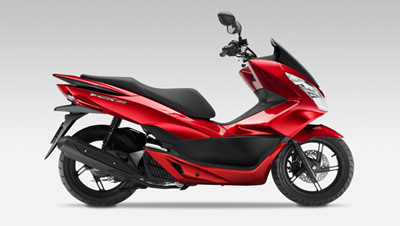
Use More Images, and Even Consider Videos
Zappos does a great job of showcasing their items online. They show off their footwear by providing shoppers with the shoe in different angles and in every color.
Whatever it is you’re selling, providing multiple images will help the buyer know what is is their buying. Show different angles, colors, product assembled, un-assembled, product in use, product with white background, whatever else you can come up with.
Product videos can help in the same way. Videos can increase average order value (AOV) by 50%. And Zappos says they found sales increase from 6% – 30% when they began adding their product videos.
Ex: Zappos – showing product images of every color in every angle, plus a product video
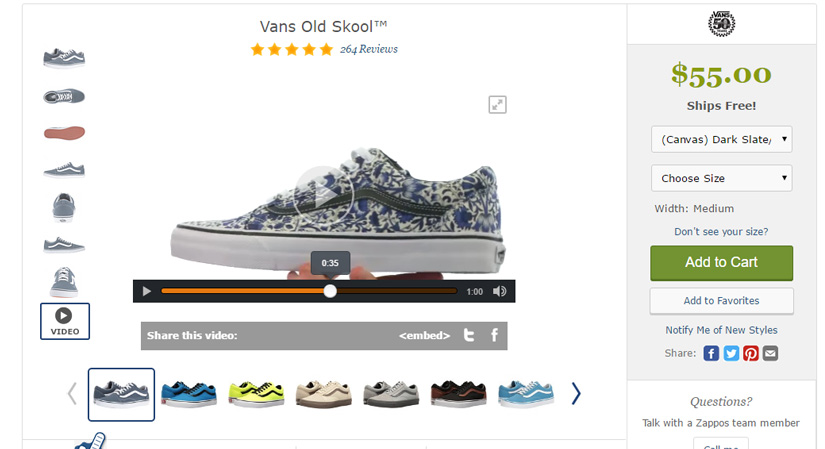
Image & Video Sitemap
You can submit an image sitemap in Google Search Console to have product images crawled in a faster and more effective manner. Same with videos. This will increase the discoverability of your product images and videos, giving you a shot at increased traffic and potentially extra links from those using your media.
12. Markup: Structured Data for Improved Click Through Rates
We’ve seen massive CTR improvements using structured data markup. Employing markup can get you things like those shiny gold stars under your title in the SERPs, which can be very powerful.
If you aren’t familiar with structured data, look into what types of content you can mark up. Just make sure you follow markup guidelines or Google may ping you for “spammy” behavior.

13. CTR (Click-Through-Rate): Improve Organic CTR & Rank Even Higher
So you have solid SEO and your products are rankings in Google…
Now what?
Whether you rank #1 or #10, there’s an expected click through rate (CTR) for that ranking position. Once you improve the expected CTR, you will not only receive more clicks, but you’re also likely to start ranking even higher.
Advanced Web Rankings expected click through rate graph
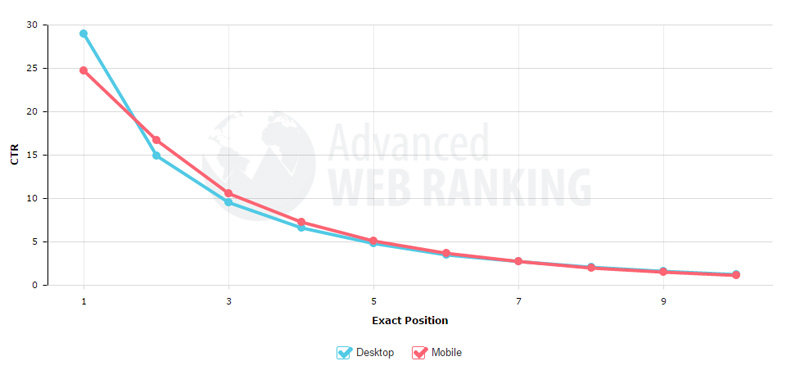
14. Breadcrumbs: Improve Navigation on Product Pages
Website breadcrumbs are the links you often see at the top of the page. Breadcrumbs are very effective for helping shoppers quickly browse and locate products. They’re also helpful for eCommerce SEO.
Ex: BestBuy.com does a solid job offering navigation points with their massive catalog

15. Add-to-Cart: A Prominant Call-To-Action to Increase Conversions
Don’t lose sight of the end goal: To have customers add your product to their digital shopping cart….. and proceed to give you money.
Invictus by Paco Rabanne – Not only do I personally own this… but it’s become my favorite men’s cologne. Just sayin.
Ulta does a nice job on their product pages, highlighting the Add To “Bag” button above all other elements on the page.
Ex: Ulta’s hard-to-ignore bright pink “Add To Bag” button
16. Mobile: A User-Friendly Shopping Experience Across All Devices is a Must
The importance of having a mobile-friendly eCommerce site can not be underestimated. The mobile trend is no longer a trend, but rather a movement.
Mobile accounts for 70% of time consumers spent on a retailer’s site, and for 20% of sales – Internet Retailer
Read more on the latest in mobile marketing (statistics, trends, and strategy)
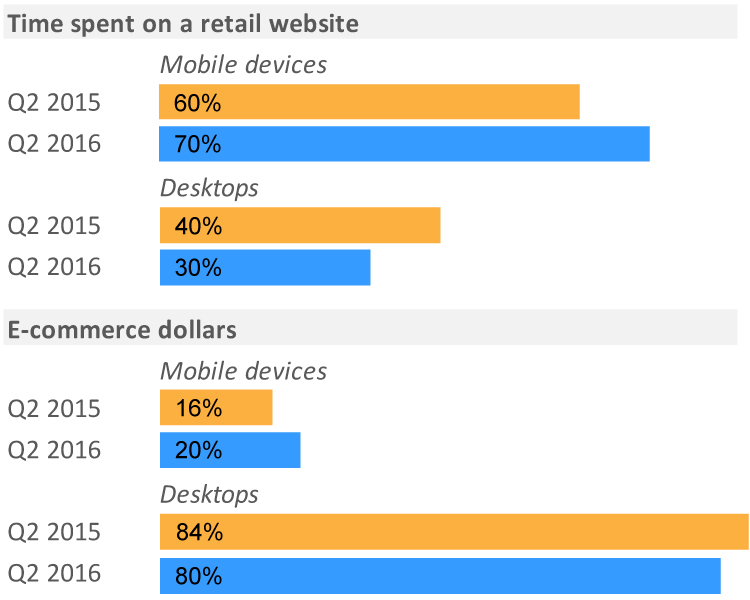
In March 0f 2015, mobile internet users exceeded desktop users – Comscore
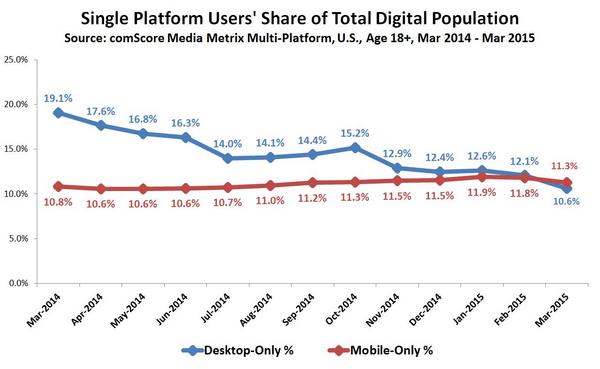
Google took notice of the mobile movement early on, and has been making changes ever since…
April, 2015: Google unleashed “Mobilegeddon”, an update to their search algorithm to rank mobile-friendly websites higher.
May, 2016: A 2nd iteration of Google’s first mobile-friendly update, in an effort to continue improving the mobile user-experience.
?, 2017: Google’s Mobile First Index. Google announced late 2016 their plans to index and rank pages based on the mobile version of a web page, as opposed to the desktop version.
Responsive Web Design for Mobile-Friendly Shopping
A responsive design means that the elements on your web page will adjust and resize appropriately on all screen resolutions across all devices.
Ex: Overstock.com, shows navigation options, core information on the item, and price all above the fold
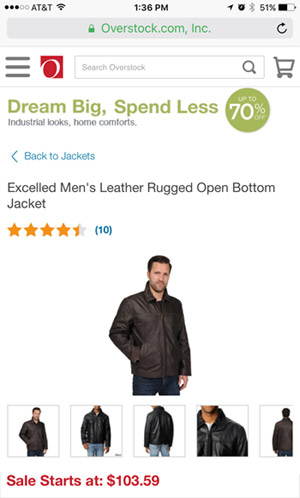
Don’t Hide Content on Mobile
With Google’s upcoming rollout of the Mobile First Index, you’ll want to make sure you’re not hiding content on mobile. Anything on your product pages showing on desktop, should be displayed on mobile as well.
17. PageLoad Speed: Reduce Product Page Load Time
A slow-loading product page will reduce your conversions and your keyword rankings.
Still, 73% of mobile internet users say that they’ve encountered a website that was too slow to load (Kissmetrics)
How long should your product page take to load?
4 seconds or less. Okay, to be honest, I wouldn’t worry too much about 5 or 6 seconds even. But if it’s taking 8, 9, 10 seconds or more for your product page to load, you’ll want to make some improvements.
Tools to Test Your Pageload Speed
- Google’s Pagespeed Insights
- Webpagetest.org (our favorite)
- Pingdom
- Gtmetrix
The Power of Your Optimized Product Pages
Product pages will often times have the most landing page potential for your eCommerce site. Especially with larger online catalogs.
Go see what these seemingly small changes can do for your site health. And, as with all things SEO, make sure you are tracking your target phrases, changes, and user performance metrics so you know what results your efforts bring you.

